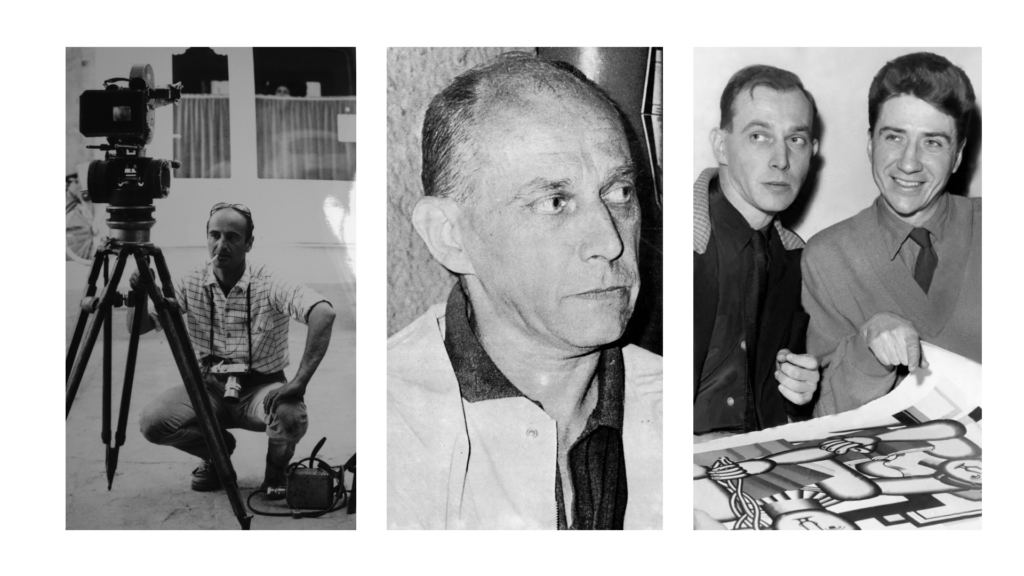
La Jette is a french science fiction film directed by Chris Marker. Released in 1962, its known for the unique storytelling technique and narrative. the film is composed almost entirely of black and white still images, often also using motion footage.
Set in a post-apocalyptic Paris, it follows the story of a man who is chosen for a time travel experiment. the protagonist, haunted by a childhood memory of witnessing a traumatic event at an airport, is sent back in time to gather information for a survival of humanity. Throughout the film, the man encounters a woman from his memory, forming a deep connection with her. As he continues his time-travel journeys, he becomes torn between his duty to the experiment and his desire to be with the woman.

La Jette mainly explored the themes of memory,time and human existence. raising philosophical questions about the nature of existence and the consequences that come with messing with time. whats is important to take in about this film is the innovative use of still images and its non-linear narrative structure. this makes a significant contribution to the science fiction genre.
With it’s thought provoking story line and unique visual style la Jetee has gained critical acclaim and continues to be regarded as a seminal work in the realm of experimental cinema.
What I have learned about cinematography after watching this film is how simplistic creating a film could be. there are many factors that make a good film, like the sound, actors, storyline and presentation. but what I’ve have learnt that a story can be told in many different ways even through still images and a good narrative.














